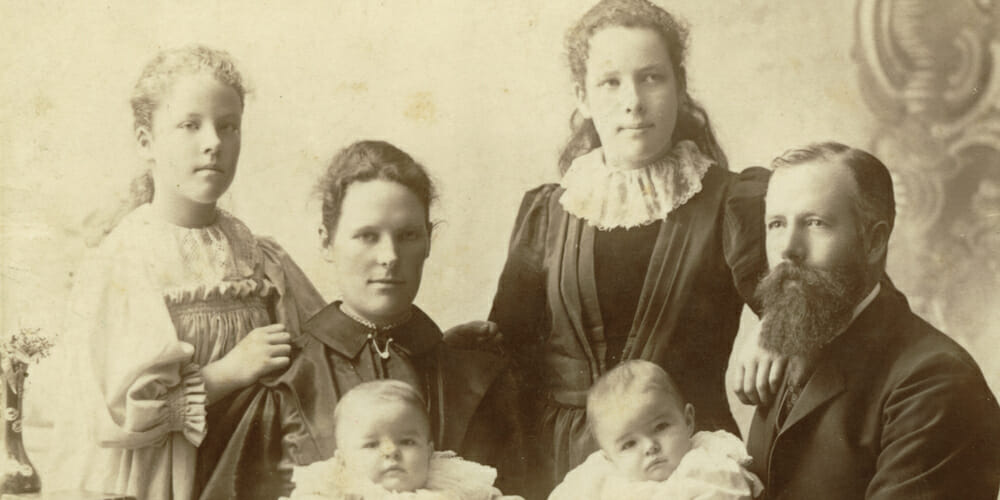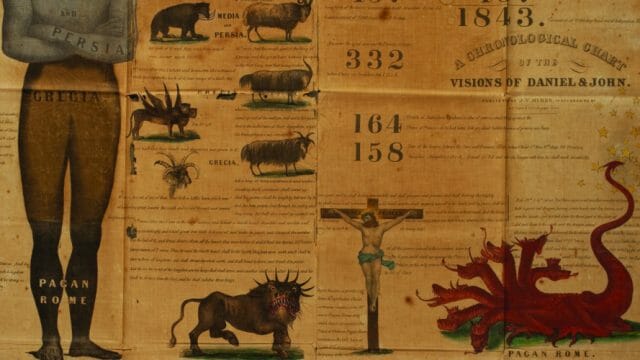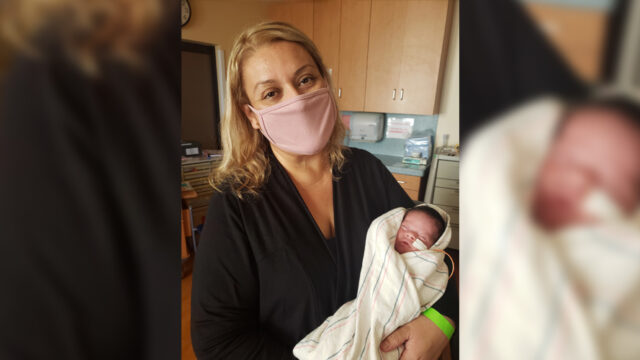Answering God’s call in spite of the circumstances

Ellen White was a reluctant missionary. The General Conference had asked her to consider going to Australia to engage in the work, but at age 64 she felt her traveling days were done. She was busy writing about the life of Christ and really saw no need. But pray as she might, no direct answer came from God as to what she should do. Thus, on November 12, 1891, she and her son, William (Willie) C. White, boarded a ship for the long journey to Australia.
- C. White’s wife, Mary, had died the year before, leaving him a widower with two small girls, Mabel and Ella, ages 5 and 9. Since White knew the assignment would be no longer than two years and that he would be doing extensive traveling, he decided to leave the girls behind in the United States under the care of Mary Mortensen. She was a young woman in her early 30s, responsible and loving.
George Byron Tripp (who went by Byron) was born in New York, but moved to Minnesota with his family as a young man. He met and married Amanda McDonald in 1883. By 1886, they had had three children, twins who died shortly after birth, and a son, George. Tragically Amanda died in 1891, leaving Byron to raise his son alone. He went into the ministry working in Minnesota, and eventually accepted a call to become president of the Virginia Conference.
The expected two years had grown to almost four for Ellen White and her son, Willie. Still engaged in the work in Australia, Ellen White had hired a young woman, May Lacey, as her assistant. It was soon evident that Willie was quite smitten with the young woman—she, only 21 years of age, and he, now 40. After a brief courtship, most of which was spent apart, Willie proposed to May. They were married on May 9, 1895.
During the four years apart Willie was a faithful father, writing letters to his two young daughters, as well as to Mary Mortensen. A letter from General Conference president O. A. Olsen reveals that Mary and the girls largely misunderstood the letters from White. Mary believed that the girls’ father was expressing an interest in her that would lead to marriage. She shared this with the girls, who were thrilled, as they had grown very attached to her in the years they had been with her.
When a letter arrived sometime in February 1895 telling of Willie’s engagement to May, his daughters were distraught. So much so that 13-year-old Ella made an appointment with the GC president to tell him of her heartbreak. Olsen describes her as “almost frantic” at the thought of losing Mary.*
The letter from Olsen to White brought an immediate change of plans. Mary, who was to accompany the girls to Australia and work for Ellen White, was now not to come. The girls would travel with other companions, leaving in early April 1895.
In 1894 the way was opened in Africa to establish a new mission station. At the General Conference session in February 1895 Byron Tripp was asked to be the superintendent of the new Matabele Mission. Worried about the care of his son in Africa, Tripp paid a visit to GC president O. A. Olsen. His question to Olsen was “Do you know of someone who might consider becoming my wife?”
Olsen, fresh from his dealings with Mary and the White children, immediately suggested Mary Mortensen. Byron thought the suggestion a fair one, so he proposed. She accepted immediately, and they were married in April 1895, just days after Mabel and Ella White left Michigan for Australia to meet their new stepmother.
Days after the wedding, Byron, Mary, and George sailed for Africa with another couple, W. H. Anderson and his wife. They finally arrived at the mission station in late July and set to work. Dr. A. S. Carmichael soon joined them. In September 1897 Frank B. Armitage, his wife, Anna, and daughter, Violet, age 9, arrived, completing the small group of missionaries.
Three months later, in December, malaria hit the small company. Dr. Carmichael died in February 1898. Byron Tripp died a week later. Soon Anna Armitage died, as did Tripp’s son, George. Left to do the work were the Andersons, Mary Tripp, and Frank Armitage.
Both Mary and Frank desired to continue their service in Africa. In February 1899 Mary Mortensen Tripp and Frank Armitage were married. They continued to work 26 more years in Africa, working in Bulawayo, Somabula, Cape Province, and South Africa. In addition to Violet, they added two daughters of their own.
In 1925 they returned to the United States because of Mary’s failing health, spending eight more years of active work in northern and central California, United States. Mary died in April 1950, having given most of her life to mission service.
Willie and May White added three more children to their family while in Australia, besides Willie’s two daughters. The White family, along with Ellen White, extended their mission service in Australia to nine years.
Mary and Byron Tripp, with little knowledge of each other, married and helped to establish the church’s mission in Africa.
Mary and Frank Armitage married because of their love of the work in Africa. Together their long partnership, love, and respect allowed them many more years of service for the Lord.
Today our priorities look quite different. We search for love first, and mission may come later. Stories like Mary’s, which demonstrate what seems to be an unusual dedication to the Lord’s calling, may be quite rare. These are people who put aside their feelings, commit to God’s work, marry because of the mission, but end up with love relationships that are meaningful, in part because they are blessed by a double commitment—to each other and to God, His work, and His soon coming.
* O. A. Olsen to W. C. White, Feb. 26, 1895.
Merle Poirier is the operations manager for Adventist World.








